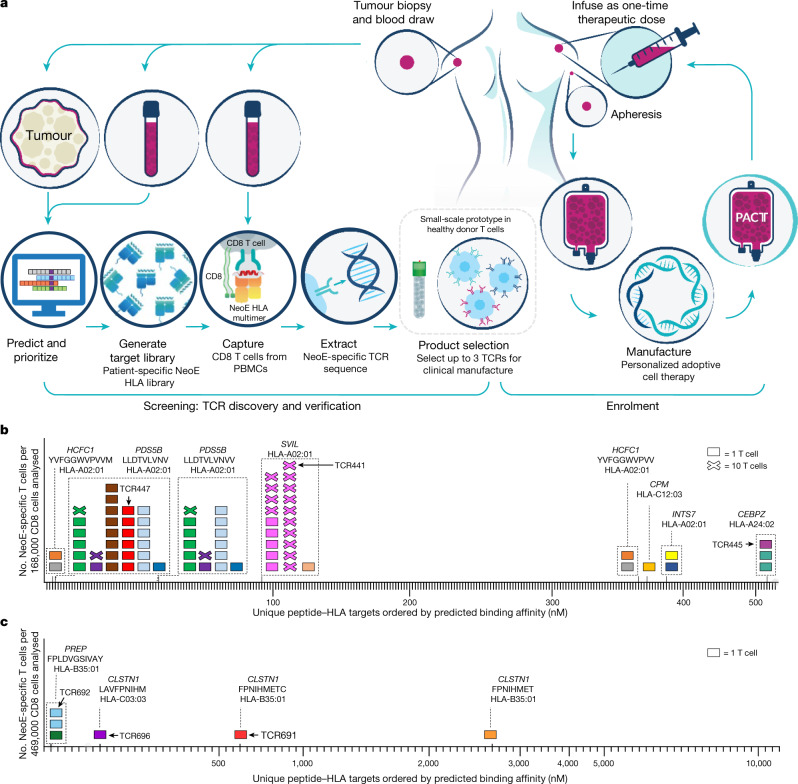Fig. 1. Schematic for TCR discovery to cell manufacture.
a, Generation of the neoTCR product for each patient is separated into two steps: screening and enrolment. Screening begins with the identification of patient tumour-specific mutations based on sequencing data and bioinformatics prediction of mutated neoantigen peptides. Native CD8 T cells that bind neoantigen targets are captured from blood using barcoded and fluorescently labelled peptide–HLA multimers. neoTCR sequences are cloned from captured T cells and functionally characterized in healthy donor T cells before product selection. HR DNA plasmid (or plasmids) encoding the selected neoTCR sequence (or sequences) are then manufactured for subsequent clinical GMP T cell manufacture. Patients are enrolled into the study after product selection. Manufacturing begins with apheresis of the patient’s blood followed by enrichment of CD8 and CD4 T cells. T cells are precision genome-engineered ex vivo to express one neoTCR. Cells are expanded and cryopreserved until the patient is ready for infusion. b,c, Two examples of neoTCR T cells isolated from patient PBMCs. Each box represents one T cell (x = 10 T cells), and each colour represents a TCR clone. T cells within dashed boxes target the same peptide–HLA target. Neoepitope (neoE) amino acid sequences and restricting HLA alleles are indicated on top of the boxes. Peptide–HLA targets are indicated by tick marks. An upward x axis tick indicates peptide–HLA that bound to a patient’s TCR. All T cells shown on the graphs were a non-naive phenotype based on CD95 expression. TCRs indicated with numbers and arrows were selected for clinical-scale manufacture. b, Patient 0010. A total of 262 peptide–HLAs were made, and 236 neoantigen-specific T cells were isolated, representing 15 unique neoTCRs. The neoTCRs targeted six neoantigens across three HLAs. c, Patient 0506. A total of 105 bar-coded peptide–HLAs were made, and 6 neoantigen-specific T cells were captured, representing 5 unique neoTCRs. The neoTCRs targeted three neoantigens across two HLAs.

